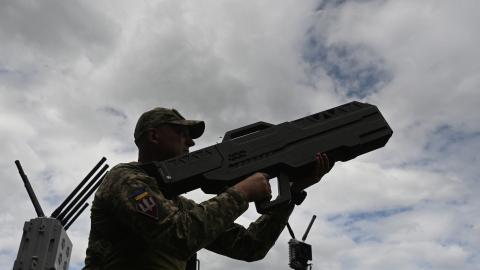Kharkiv, Ukraine
This wasn’t the easiest time to visit Ukraine’s second-largest city. The local power grid and infrastructure were taking serious hits as missiles and glide bombs struck the city from nearby Russian territory. “Double tap” attacks, by which Russians strike a civilian target and wait for first responders to rush to the scene before launching a second strike, were becoming more common. I watched rescue workers dig through the wreckage of a big-box hardware store searching for body fragments to identify in a nearby forensic lab. After a second attack, I spoke with stunned office and factory workers waiting to have their injuries treated in a local hospital ward. As bulldozers tore up fields north of the city so workers could prepare trenches against possible Russian advances, Kharkiv was experiencing its tensest days since Moscow’s first assault fell short in 2022.
Things should improve. Russian advances have slowed as reinforcements bolster Ukraine’s defense farther north. With the flow of air-defense weapons resuming, and Western countries easing restrictions on Ukraine’s use of defensive weapons against immediate cross-border targets, there is reason to hope the city’s residents can soon live with more security and less fear.
Read full article at the Wall Street Journal.

















